
– Globalization and the internet are increasing the proximity of human diversity and consequently increasing mutual animosity as well. “The scholars traced the phenomenon to what they called ‘environmental spoiling.’ The nearer we get to others, the harder it becomes to avoid evidence of their irritating habits. Proximity makes differences stand out.” Link.
– Social trust is negatively affected by ethnic diversity, case study in Denmark from 1979 to the present. Link.
– Ethnic homogeneity and Protestant traditions positively impact individual and societal levels of social trust. Link.
– “In longitudinal perspective, [across European regions], an increase in immigration is related to a decrease in social trust.” Link.
– Immigration undermines the moral imperative of those who most favor welfare benefits for the neediest. Link.
– The negative effect of community diversity on social cohesion is likely causal. Link.
– In Switzerland, social peace between diverse factions isn’t maintained by integrated coexistence, but rather by strong topographic and political borders that separate groups and allow them autonomy. Link.
– “Our analysis supports the hypothesis that violence between groups can be inhibited by both physical and political boundaries.” Link.
– Diversity hinders between-group cooperation at both the one-on-one and group levels. Link.
– The best chance for peace in Syria is better borders (intrastate or through the creation of new states) “suited to current geocultural regions”, and tribal autonomy. Link.
– Using data from US states, study finds a negative relationship between ethnic polarization and trust. Link.
– Diversity is associated with more White support for nationalist parties, except at the local level where large immigrant populations cut into vote totals for nationalist parties. Link.
– In Australia, ethnic diversity lowers social cohesion and increases “hunkering”, providing support for Putnam’s thesis finding the same results in the US. Link.
– After controlling for a self-selection bias, study finds that ethnic diversity in English schools reduces trust in same-age people and does not make White British students more inclusive in their attitudes towards immigrants. Link.
– In Germany, residential diversity reduces natives’ trust in neighbors, while it also reduces immigrants’ trust but through a different pathway. Link.
– Increasing social pluralism (diversity) is correlated with increased chance of collective violence. Link.
– “[E]thnic heterogeneity [diversity] explains 55% of the variation in the scale of ethnic conflicts, and the results of regression analysis disclose that the same relationship more or less applies to all 187 countries. … [E]thnic nepotism is the common cross-cultural background factor which supports the persistence of ethnic conflicts in the world as long as there are ethnically divided societies.” Link.
– Genetic Similarity Theory (GST) could help explain why diverse groups in close proximity increases ethnic conflict and ethnic nepotism. Link.
– Genetic diversity has contributed significantly to frequency of ethnic civil conflict, intensity of social unrest, growth of unshared policy preferences, and economic inequality over the last half-century. Link.
– Using social science data and computer modeling, researchers found that policies that attempt to create neighborhoods that are both integrated and socially cohesive are “a lost cause”. Link.
– The numbers and the genetic distance matter. Minority groups that get above a certain critical mass, and that are culturally distant from the majority culture, begin to self-segregate from the majority, moving society toward division and away from cooperation. Link.
– Using data from Copenhagen school registers, researchers found that native Danes opt out of public schools when the immigrant population concentration hits 35% or more. Link.
– In the most liberal region in the US, San Francisco and surrounding suburbs, White parents are pulling their kids out of public schools that are becoming increasingly asian. Link.
– School integration (forced proximate Diversity) will not close race achievement gaps. Link.
– Exclusionary dating is a natural consequence of racial diversity. Link.
– As diversity increases, politics becomes more tribalistic. Link.
– Company diversity policies don’t help minorities or women, and they psychologically discriminate against White men. Link.
– Greater classroom and neighborhood diversity is linked to stronger tendencies to choose same-ethnic rather than cross-ethnic friends. Link.
– A longitudinal test of the impact of diversity finds that it makes existing residents feel unhappier and more socially isolated. Link. (alternate link)
– Internal dissension stoked by ethnic, social, political, and religious diversity, rather than environmental degradation, caused the collapse of the urbanized Cahokia Indian Tribe. Link.
– The volunteer participation rate in America hit a record low last year, declining 0.4% from the previous year, and has been declining since 2005. Not coincidentally, the racial composition of America has become more fragmented during the same time. Link.
– A sense of social cohesion with the people who live around us is as happiness-inducing as love for the place itself. Link.
– Our desire for ‘like-minded others’ is hard-wired. Link.
– “The Evolutionary Dominance of Ethnocentric Cooperation”
Recent agent-based computer simulations suggest that ethnocentrism, often thought to rely on complex social cognition and learning, may have arisen through biological evolution. From a random start, ethnocentric strategies dominate other possible strategies (selfish, traitorous, and humanitarian) based on cooperation or non-cooperation with in-group and out-group agents. Here we show that ethnocentrism eventually overcomes its closest competitor, humanitarianism, by exploiting humanitarian cooperation across group boundaries as world population saturates. (Link)
– A wealthy Virginia county that is rapidly racially diversifying is getting poorer and less socially cohesive. Link.
– Gender diversity does not promote nonconformity in decision-making bodies. (But individual ability diversity does.) Link.
– High ethnic diversity has a negative effect on innovation, but high “values diversity” has the opposite effect, as long as ethnic diversity is low. The best innovation happens in countries that are ethnically homogenous but diverse in values orientation. Link.
– Growing racial diversity in Houston is contributing to declining construction standards and aggravating the impact of natural disasters. Link.
– As an explanation of recent voting behavior, ethnic origin trumps class differences. “…the political salience of white ethnicity persists, suggesting that ethnic groups do not simply dealign or politically “assimilate” over time.
***


![That Was the Whopper Weekend That Was [Illustrated] welcometohell](https://americandigest.org/wp/wp-content/uploads/2021/05/welcometohell-150x150.jpg)
![Allen Ginsberg: The Interview, <strong> ➡ 1972 ⬅ </strong> [Republished by unpopular demand] ginsbergnirvana](https://americandigest.org/wp/wp-content/uploads/2022/05/ginsbergnirvana-150x150.jpg)



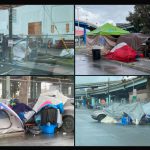
 Gerard Van der Leun
Gerard Van der Leun






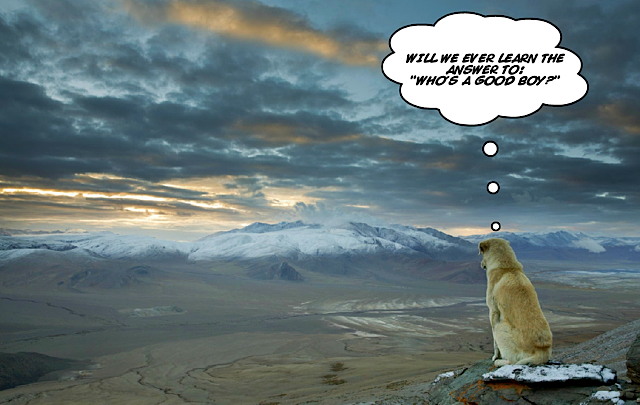

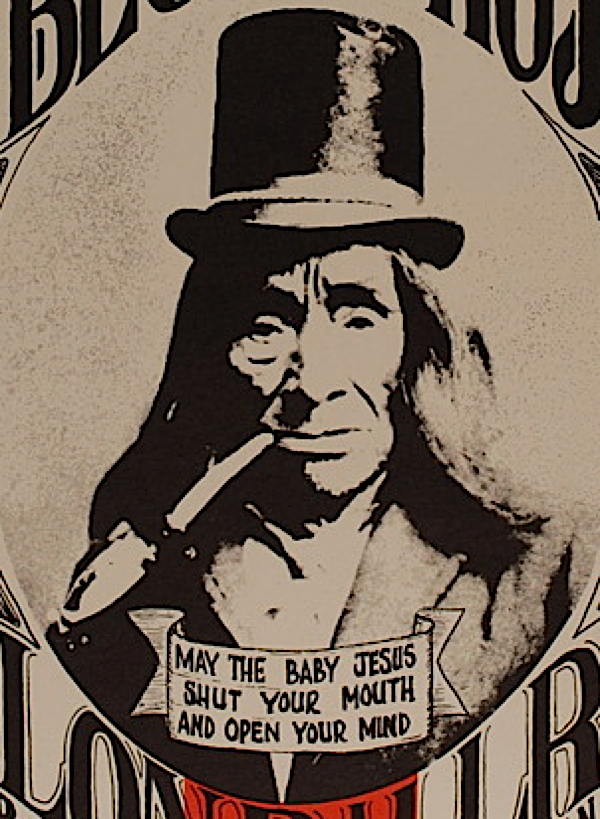






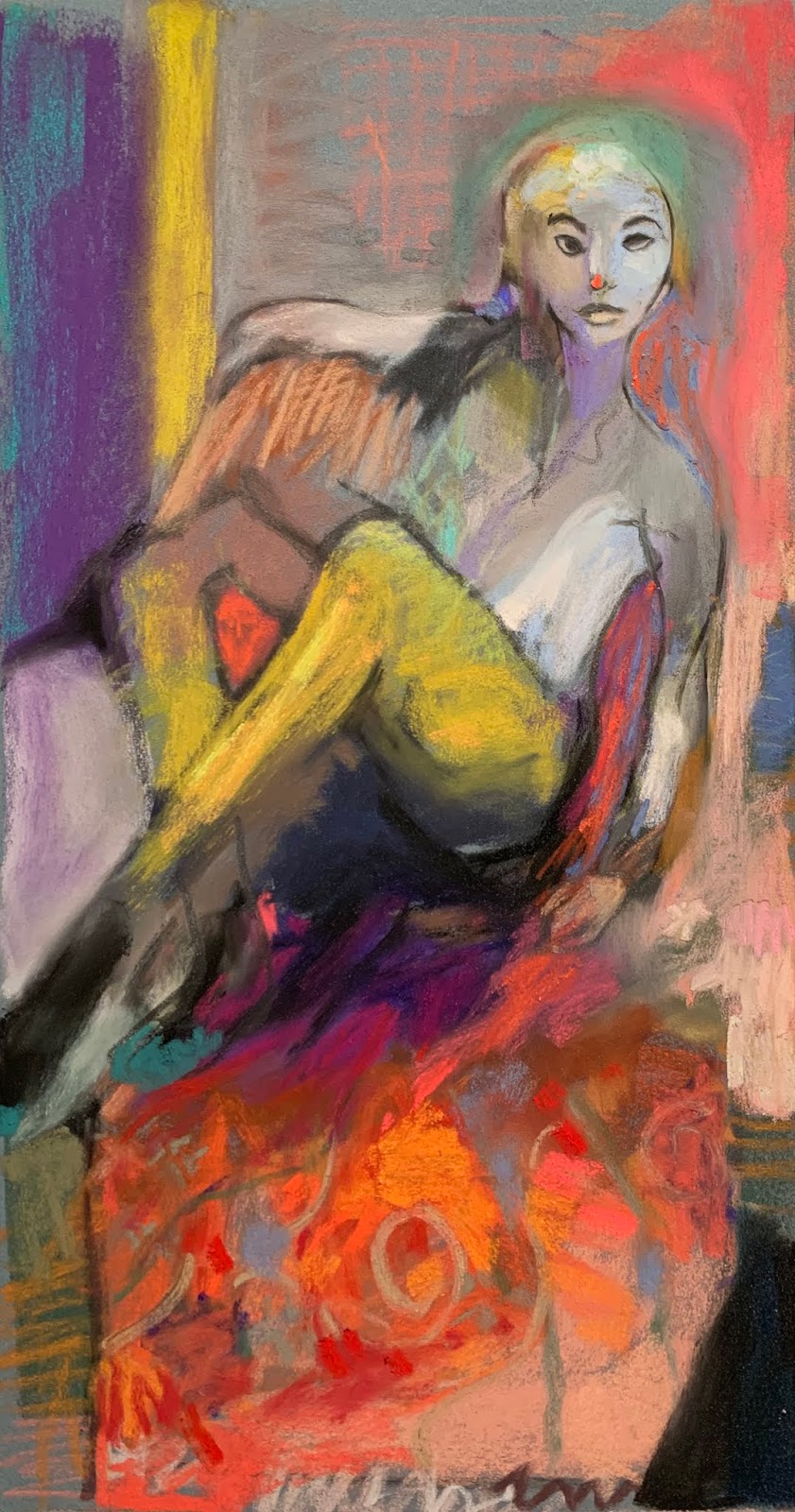

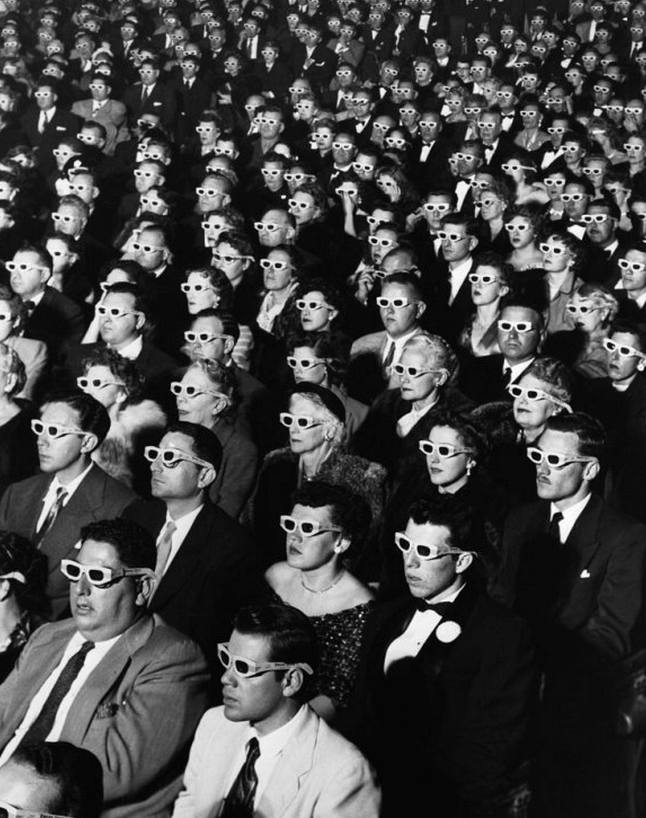



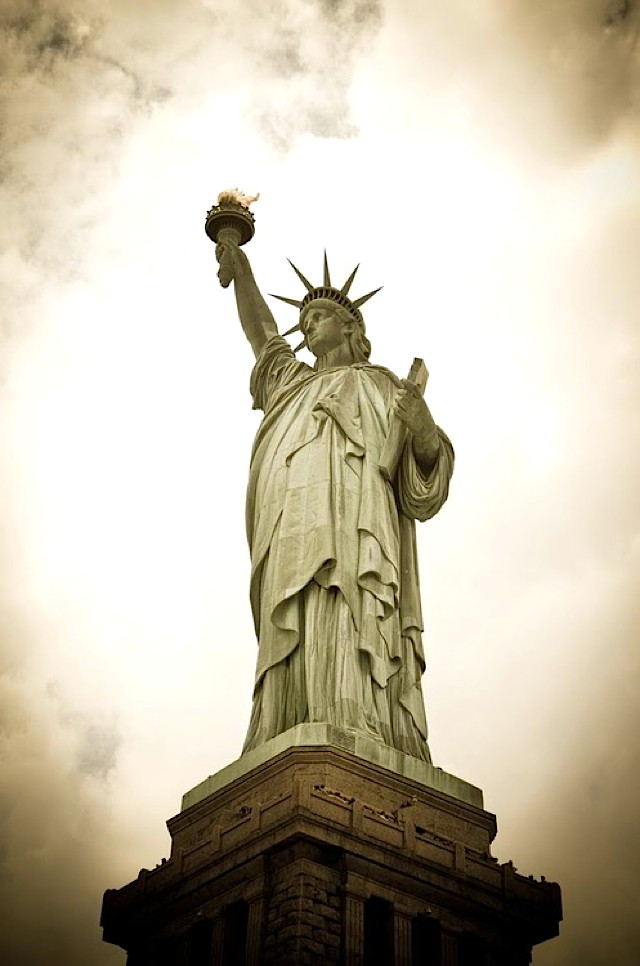


Comments on this entry are closed.
Well who knows where the time goes.
Diversity Proximity = War: The Reference List – American Digest
[url=http://www.gfyna81lv730rr0j3x4579xz81im645es.org/]uvfejzbtvh[/url]
vfejzbtvh http://www.gfyna81lv730rr0j3x4579xz81im645es.org/
avfejzbtvh